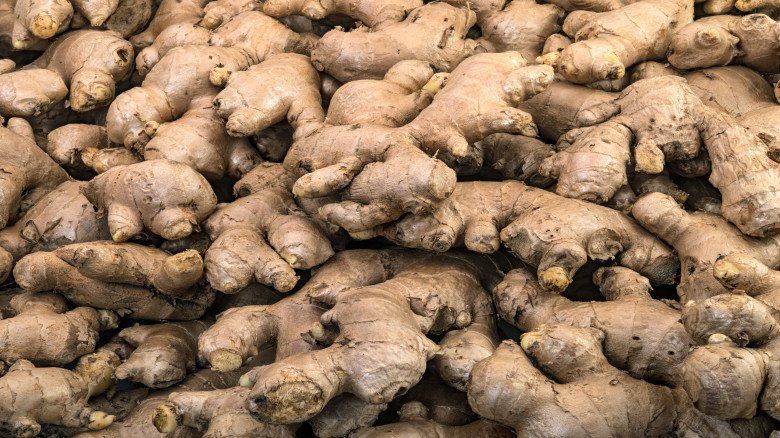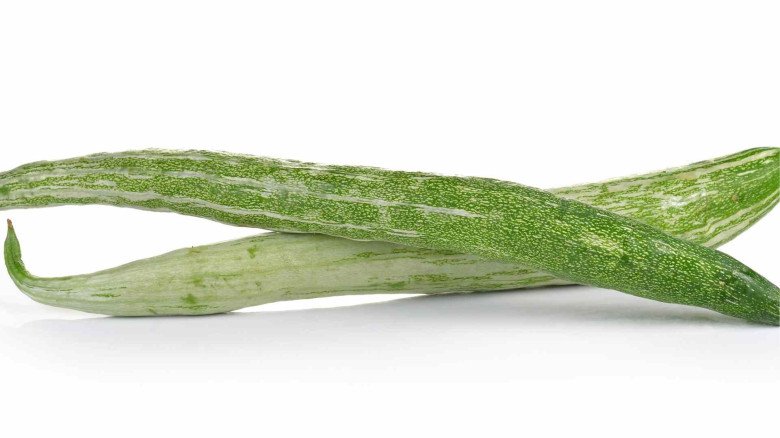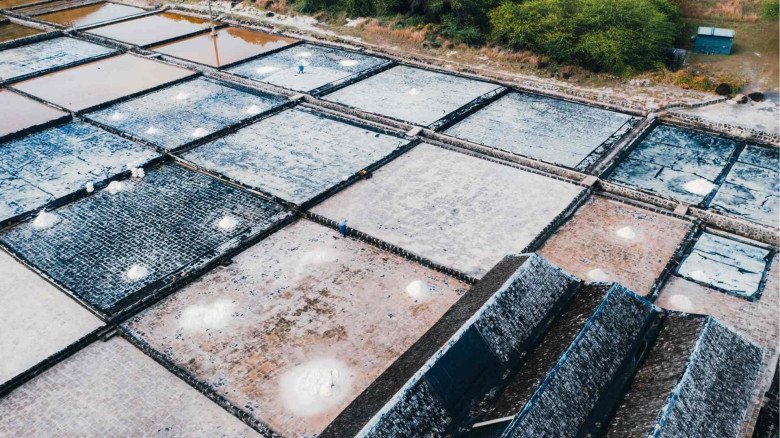India's Cultivation of Areca Nuts: A Closer Look
India's Cultivation of Areca Nuts: A Closer Look
We examine the many types, growing methods, and economic significance of areca nuts in India in this explainer. Here's a detailed study into areca nut, including both traditional uses and contemporary issues.
In India, the areca nut—also known as Supari or betel nut—has enormous cultural, social, and economic significance. India is a major global producer and consumer of areca nut, and the country's cultivation methods and approaches greatly influence the areca nut sector. This is a step-by-step introduction to the complexities of areca nut growing in India, covering varieties, techniques, difficulties, and financial implications.
Let's first examine the areca nut kinds grown in India before moving on. There are a number of well-known kinds, each with special qualities and climate-appropriate adaptation. Numerous locations cultivate Mangala, Sumangala, Subamangala, Mohitnagar, Srimangala, and Samruthi. The diversity of this nut's cultivation is further enhanced by specific varieties like the Andaman's Samruthi, the Hirehalli dwarf of Karnataka, VTLAH 1, 2, and Thirthahalli dwarf.
Conditions for Soil and Climate in Areca Nut Cultivation
Areca nuts have the unusual ability to grow in a variety of soil types as long as they have good drainage. However, soils with sufficient capacity for retaining moisture and appropriate drainage exhibit optimum development. Shade trees that develop quickly are essential for providing protection from powerful sun beams. Growing areca nuts occurs in a wide range of temperatures—between 4°C and 40°C—and at elevations of up to 1000 metres above mean sea level. Sufficient yearly rainfall, within the range of 750 to 4500 mm, is also necessary to guarantee ideal development and output.
Season of Areca Nut Cultivation and Planting
In India, the best months to grow areca nuts are June through December. First steps in the propagation process involve selecting and spreading seed nuts from mother palms that are doing well. Before being moved into secondary nursery beds or polythene bags, seedlings are first raised in sand beds with some shade. Planting one to two-year-old seedlings requires digging holes 2.75 metres apart to ensure enough soil compaction and coverage.
Irrigation, Manuring, and Cultivation of Areca Nuts
Throughout the crop cycle, efficient irrigation management is essential. To maximise water use and reduce moisture stress, various months should follow different rules. Water needs vary according to development phases and climate, from weekly irrigation in the winter to more regular applications in the summer. Moreover, maintaining soil fertility and increasing crop output need proper manuring techniques that apply both organic and inorganic nutrients.
Maintenance and Insect Control
Regular weeding, soil conservation techniques like terracing to stop erosion, and intercropping with suitable crops like cocoa, black pepper, or coffee to enhance land production are examples of post-planting activities. To lessen the negative effects of pests and diseases on areca nut farming, effective pest control techniques are crucial. Targeted chemical interventions are used to manage common pests like mites and spindle bugs, while Bordeaux paste treatment and soil soaking with suitable fungicides are necessary preventative measures for diseases like bud rot and foot rot.
Difficulties and Opportunities for the Future
The production of areca nuts has a number of difficulties despite its cultural and economic significance, such as shifting market prices, a labour shortage, and increasing pressures from pests and diseases. In addition, environmental issues like soil erosion and water scarcity highlight the necessity for creative solutions and sustainable farming methods. Enhancing market connections, encouraging farmer education and training, and using contemporary technology may all contribute to making India's areca nut industry more resilient and competitive.
Market dynamics and economic impact
Beyond its cultural and social implications, the economic significance of areca nut production lies in its substantial contribution to rural lives and regional economies. Growing areca nuts provides farmers in several Indian states with a consistent source of income, with an average output of around 1250 kg per hectare. The demand from customary chewing activities and new industrial uses is fueling the healthy local and worldwide market for areca nut products, which include raw nuts, broken nuts, and value-added goods like supari.
-logo.webp.png)
.jpg)
-logo.webp.png)


































Leave A Comment